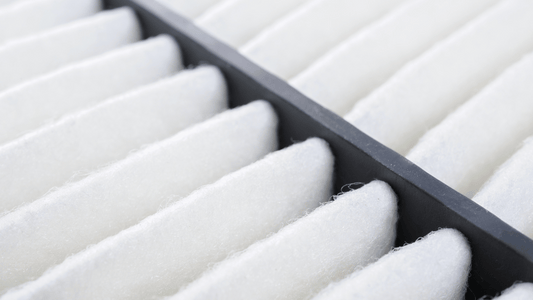From allergen and air pollution studies to a high tech cure, there is plenty going on in the world of asthma research this month. Much of this might inform asthma guidelines in the future.
Children living in homes where mould is present have an increased risk of allergies and asthma, say researchers at the German Research Center for Environmental Health writing in the European Respiratory Journal. We’ve already reported that mould has an adverse impact on lung function, but the situation with asthma is particularly interesting. Previous asthma research has suggested that invisible components of mould in house dust could actually reduce the risk of asthma. So the German researchers have been comparing studies on the visible mould with research on invisible mould. Children living in homes with visible mould were 49% more likely to have asthma than children not thus exposed. They also had an increased risk of nasal allergy.
Meanwhile, doctors in the UK have begun treating patients with severe asthma with a new procedure called bronchial thermoplasty which destroys some of the muscle tissue that constricts during an asthma attack, causing wheezing and coughing symptoms. The technique uses short bursts of radio waves to heat and destroy the tissue. This is the first proven non-drug treatment for asthma (it has been through several successful clinical trials) and will initially, at least, be used in severe cases where drug treatment does not seem to help.
Scientists from the Aphekom project, which is working to better understand the impact of air pollution on health in Europe, have just reported that living near busy roads increases problems with asthma and chronic obstructive pulmonary disease. They found that over 50% of the population in 10 major European cities live within 150 metres of roads travelled by over 10,000 vehicles per day. Living near these busy roads could account for 15-30% of all new cases of childhood asthma and make a significant contribution to heart disease and COPD in adults. Simon Birkett, Founder and Director of Clean Air in London said ‘This burden is substantially larger than previous estimates of exacerbations of chronic disease since it has been ignored so far that air pollution may cause the underlying disease as well. Related asthma research indicates that associations of asthma with traffic-related pollution from nearby sources at schools were independent of estimated effects of exposures at homes.’
Finally, two more new stories about the impact of air pollution on asthma. In the first, researchers studied nearly 500 adults with asthma in five French cities. They looked at both respiratory health and exposure to ozone, nitrous oxide, and PM10 pollution. Around 44% of the participants had well-controlled asthma, while 29% had partially controlled asthma and 29% had asthma that was poorly controlled. There was a strong link between poorly controlled asthma and exposure to ozone and PM10s. The risk of uncontrolled asthma was 69% higher among those exposed long-term to ozone and 35% higher among those with long-term exposure to PM10s. In the second study, psychosocial stress among parents was found to increase the lung-damaging effect of traffic pollution in children. The study, carried out by researchers at the Division of Environmental Health at Keck School of Medicine, Los Angeles, is the first to show a link between growing up in a stressful household and greater impact of pollution upon lung health. It is thought that stress and air pollution may both increase inflammation on the body, which adversely affects lung function.
If you, or your child, have asthma, you’ll know that allergen avoidance is the key to your management plan, along with vaccination against the flu and being prescribed and using appropriate treatments. The first study shows how important it is to get rid of visible mould and any underlying damp if mould spores are one of your triggers. Controlling other allergens like house dust mite and pet dander may be equally important if these are your triggers. If your allergens are airborne, an asthma air purifier should be a key element in your plan. Research shows that a good air purifier will help relieve asthma symptoms. The positioning of the air purifier is crucial - make sure it is where the person suffering from asthma spends most of their time, such as their bedroom.
http://erj.ersjournals.com/content/37/5/1050.abstract?sid=8b5d56ae-49c4-4547-adf3-7463317e37f2
http://www.btforasthma.com/
http://www.aphekom.org/c/document_library/get_file?uuid=5532fafa-921f-4ab1-9ed9-c0148f7da36a&groupId=10347
www.cleanairinlondon.org



